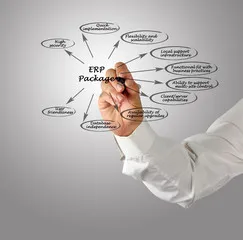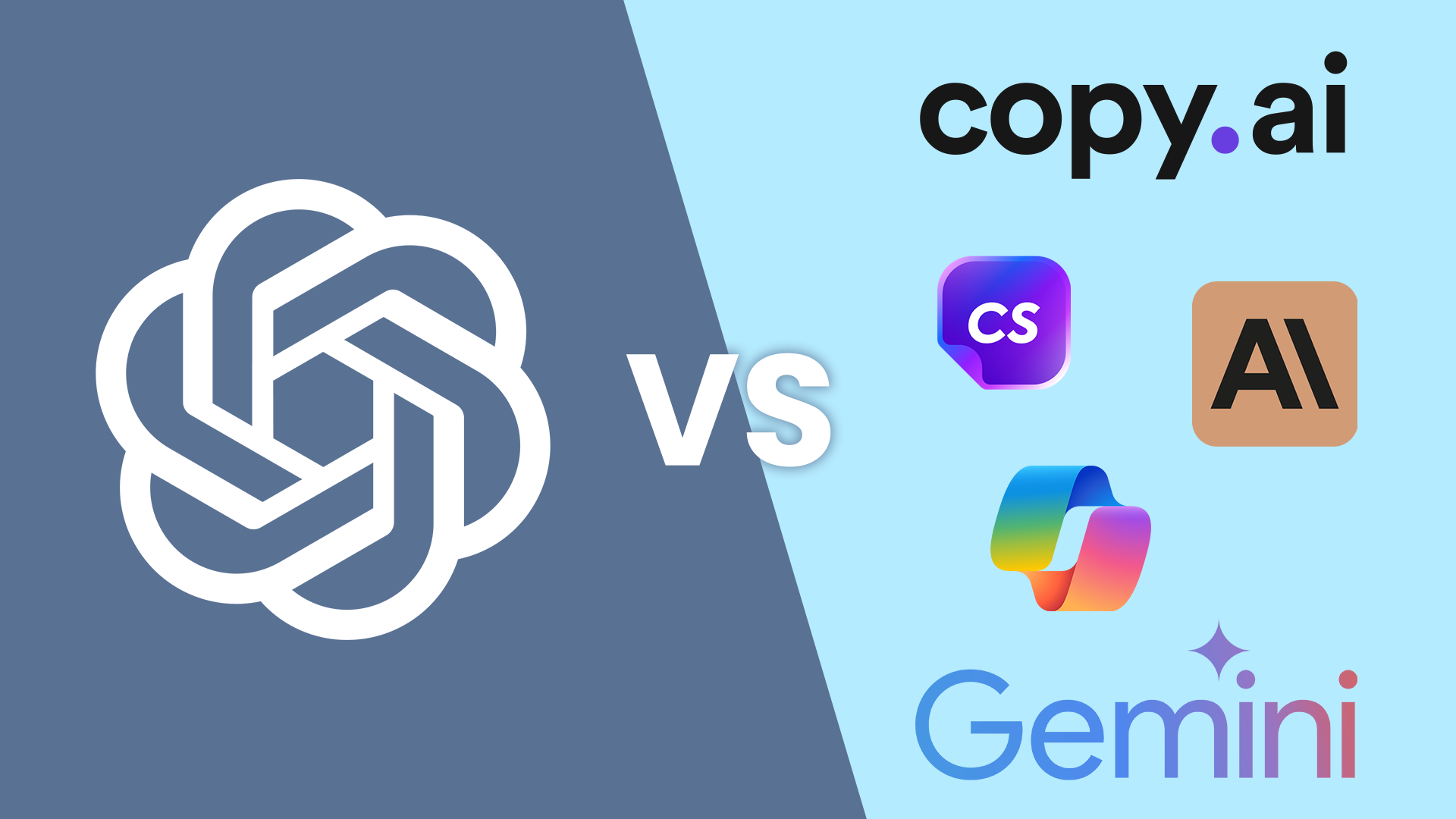Have you considered implementing an ERP system to transform your organization digitally? Do not worry! It is one of the best decisions any company can make for its future success in this technological era. Everything has gone digital, and nothing falls through the cracks anymore.
Implementing an enterprise resource planning (ERP) system is a significant undertaking that will have lasting effects on your organization for years to come.
Still, it doesn’t need to be as complicated or expensive when done correctly with our help! A lot has changed since you first started looking into this process – prices are down, and timelines are shorter than ever before. Let us review what exactly goes into ERP implementation phases today.
Source : freepik.com
Table of Contents
What is ERP Implementation?
ERP systems are not like consumer-facing apps where a download and install is all it takes to start using the system. Instead, these robust software suites have heavy customization requirements that can take months or even years to function optimally within an organization.
ERP software is a powerful and complex system that requires both an extensive infrastructure to host it and an IT department with a project manager, and implementation team to support it.
Your business will need power-house servers or cloud solutions for this new platform of yours to work seamlessly across all departments within your organization’s hierarchy.
Source : Adobe Stock
The application itself has been specially tailored with capabilities suited towards large businesses such as cost management tools; however, each user can also access specific functionalities they may be interested in without negatively impacting others’ functionality whatsoever.
ERP systems are so configurable that an expert has to translate your business requirements into the proper configuration. If that doesn’t work out, you’re stuck with a flawed system, and no one wants any part in such a mess.
What are the phases of ERP implementation?
ERP implementation can be a daunting task for any company. Still, it becomes even more difficult when you’re starting from scratch with the implementation life cycle.
ERP systems are complex and often come with an array of different vendors that have their way of implementing these projects into your business process – which means there will always be some variation among those who go through this together.
1. Initiation
In the ERP implementation phase, it’s essential to have a set of expectations. This should be done initially and not underestimated by overconfidence or under-preparation for success. During this time, key players are introduced so they can help guide your process through its entirety.
It is essential to have a clear scope definition and expectations for the ERP implementation. Without this, you could end up with time spent on unproductive requirements or even worse-scope creep. Introducing critical players within the project team will help you establish how they should work together.
This phase is an official kick-off that introduces your entire organization and gains their support for what’s coming next.
2. Deep Analysis & Requirements Gathering
The requirements gathering and analysis phase are one of the most crucial stages in configuring effective ERP software. Quality requirement documents define business processes for your company’s needs – without these things, you’re not going very far with anything.
The requirements workshop is a great way to start implementing your ERP system. Not only are you able to get input from everyone on what they want out of this project, but also it allows for time constraints and measurements, which will make sure that none’s ideas get left behind in translating them into reality.
3. Designing
In conjunction with the functional groups, the development team will evaluate any requirements that were listed as gaps in the gap analysis and determine how complex they may be to meet.
Suppose project leadership approves these for developing solutions from scratch. In that case, designs can become drawn up, so a business knows what needs fixing before sending it over for feedback next phase.
4. Building
The effective enterprise resource planning phase has three distinct processes: development, deployment, and testing.
Like any good project, the code will be in the development phase to deploy into an environment where it can later undergo thorough analysis from professionals who are specially trained on how ERP systems work best with businesses’ needs at hand.
The ERP implementation process includes a lot of different phases, and it’s essential to be able to adapt each stage depending on what was decided for your project plan.
Traditionally waterfall approaches have been used when managing these projects. Still, more modern methods like agile require less time than they do to complete them successfully with all requirements met by the deadline.
5. User Acceptance Testing
The User acceptance testing is the last step in the testing phase where business users can give their stamp of approval before making any final decisions.
User Testing means checking for last-minute bugs, integrating with ERP software systems, and completing end-user training to make sure everything works as expected at this point too.
6. Going Live
The go-live phase of an ERP implementation is when all the hard work begins. There’s excitement, but also a risk in not sticking to your plan for this stage – which entails more than flipping “on a switch .”Your tasks include migrating legacy data into production and executing a cutover task list so that you can finally get ready before the scheduled time starts coming through.
Effective communication during the go-live is essential. Your organizational change management team should communicate effectively with your business about how and when users can access new systems so that there won’t be any interruptions or confusion for them while they’re trying out this new system of yours.
What is the most important phase of ERP implementation?
The hyper-care phase is a critical time in an organization’s ERP implementation. During this period, support team members will be trained, and coverage for any production issues should squash immediately to ensure smooth user adoption.
It should also maintain transition from legacy system compliance with new technology solutions implemented throughout your business.
Organizations must start ramping up their employee training efforts alongside increased support staff, which helps seamless transitions.
With a market size expected to exceed $49.5 billion by 2025, the ERP industry has been experiencing rapid growth over recent years and this trend is set to continue for many more yet-to-come.
What are the 5 goals of ERP implementation phases?
The first phase of any ERP project involves discovery and planning; this stage entails researching your organization’s needs to identify potential solutions and create an action plan for how you’ll go about implementing them once determined by successful completion.
The later stages – design (developing those ideas into viable specifications), custom ERP development(building software or systems based on plans), testing deployment services). Ongoing support will be needed afterward, though, depending on whether there have been issues with these steps).
Final Thoughts
There are many best practices or critical factors for implementing ERP systems. You should ensure that requirements, quality, and security standards meet various goals, for example:
- The pre and post-implementation phases are essential because they allow you to make sure your requirements meet the necessary standards before implementing them.
- The various attributes of ERP will help guide any future decision-making based on test cases created in this stage, so be strict about it.
- It would be best to create end-user documentation as you go (you’re likely writing these steps down already).
- Test everything! If this doesn’t work out right away, keep trying different approaches until one does pass muster, then move on to other business scenarios for that same task.
Wanna have a detailed quote on ERP plans for your business? Give us a call or send an email. Experts at NPEC have got you covered on ERP Solutions and Implementation.
FAQs
1.Which is the first phase in ERP implementation?
In the ERP implementation phase, it’s essential to have a set of expectations. This should be done initially and not underestimated by overconfidence or under-preparation for success. During this time, key players are introduced so they can help guide your process through its entirety.
Introducing critical players within the project team will help you establish how they should work together. This phase is an official kick-off that introduces your entire organization and gains their support for what’s coming next.
2.What is the go-live phase of an ERP project?
The go-live phase of an ERP implementation is when all the hard work begins. There’s excitement, but also a risk in not sticking to your plan for this stage – which entails more than flipping “on a switch .”Your tasks include migrating legacy data into production and executing a cutover task list so that you can finally get ready before the scheduled time starts coming through.






